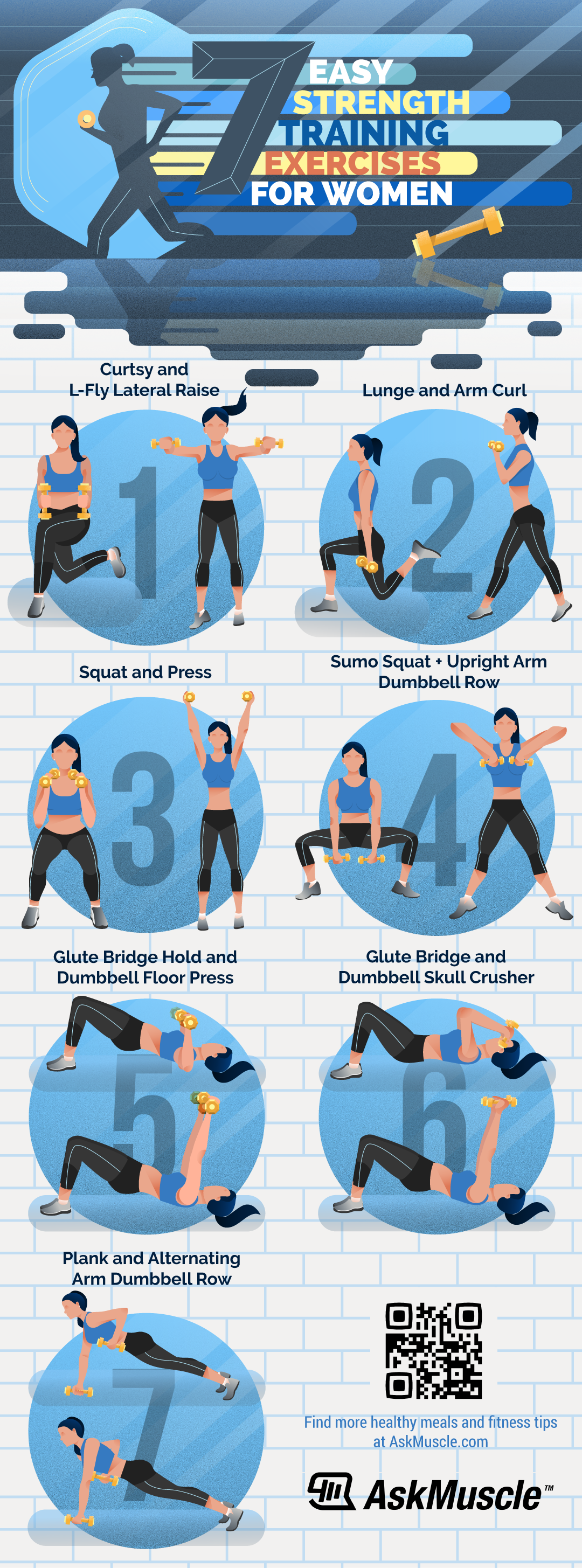
You need to be able to utilize as much of your strength as possible at any time.Īpply these same ideas to anything you might do in daily life, be it the examples I gave before, or activities as simple as bringing in the groceries, re-arranging your living room, or carrying a heavy backpack. Depending on the style of match or fight, you may have to go multiple rounds of a few minutes or may just compete non-stop until there is a winner.

#MUSCULAR ENDURANCE EXERCISES FULL#
You need to be able to "tap" that strength reserve at any time - and have full use of it. You will more than likely be interspersing short, quick bursts with slower, less intense ones.

You need to exert as much strength as possible during the whole play, every play.

This is all well and good - but there is a slight problem. The result of programs such as these is generally increased 1RMs (one rep maximums) in any given exercise(s). Programs such as these are generally geared toward the trainee who wants to increase brute (limit) strength. More often than not, when a trainee begins a strength training routine, he'll usually follow the tried and true idea of lifting heavy weights for low reps with a good deal of rest time (both between workouts and during the workout itself). Even if you're not an athlete, training for strength has its many advantages, be it making you more healthy, making daily "chores" (such as mowing the lawn, shoveling snow, washing your car, etc.) easier, leading to a better looking body for the opposite sex, or anything in between. I don't care what anybody says (because, believe it or not, I have seen it argued the other way), if you compare two athletes of similar size, skill and experience, then the stronger one has a distinct advantage. And most times, this is true - especially if you're an athlete. Generally, when discussing training goals, strength is one of those things that's lumped with money, love, sex or intelligence-you can never have enough of it.


 0 kommentar(er)
0 kommentar(er)
